Newman Theatre (1919-1972)
Introduction
Author-Uploaded Audio
00:00 / 00:00
Journalist, professor, and host of NPR's talk show Up To Date, Steve Kraske narrates the history of Newman Theatre and how it played a role in American animation.
Text-to-speech Audio
Built in 1919 for local exhibitor Frank L. Newman, the Newman Theatre was known for its opulence and extravagant features. It was the biggest and most costly of any Kansas City theatre at the time, holding an audience of 2,000. Notably, in 1921 a series of short satirical cartoons called Newman Laugh-O-grams were screened, which were the first animated productions created solely by Walt Disney. The Newman became Paramount Theater in 1947 and operated for a short time as Towne Theater before eventually closing due to a decline in business. It was demolished in 1972 for an urban renewal project and today, is the site is occupied by a skyscraper called the Lightwell Building.
Images
The Newman Theater c. 1928. Courtesy of the Missouri Valley Special Collections, Kansas City Public Library.
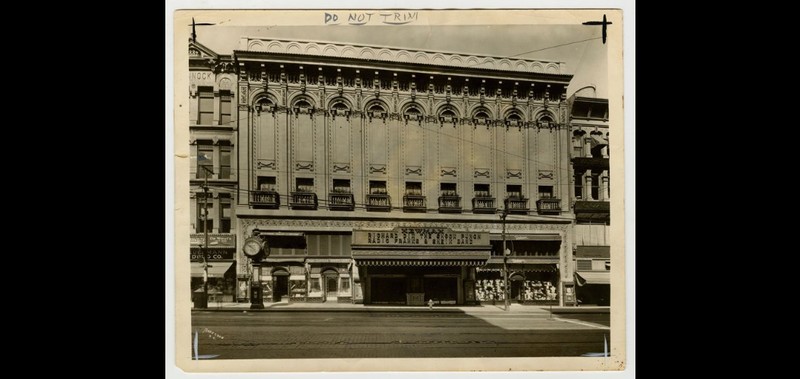
The Newman Theater around 1928. Image courtesy of the Missouri Valley Special Collections, Kansas City Public Library.
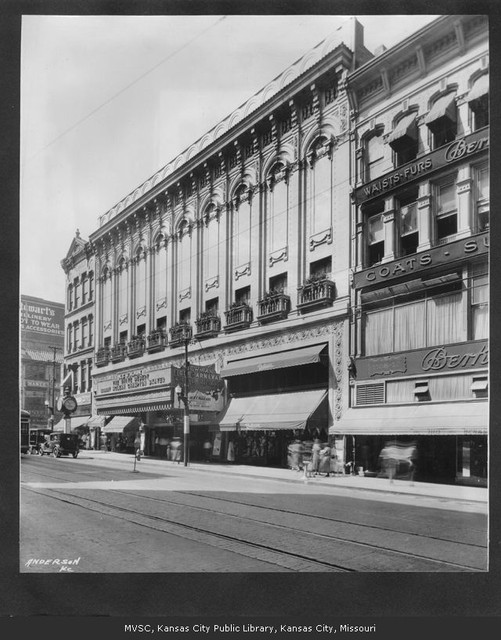
View of Main Street looking north from 12th Street in the 1940s. The Newman Theatre can be seen on the left, before it was renamed the Paramount. Image courtesy of the Missouri Valley Special Collections, Kansas City Public Library.
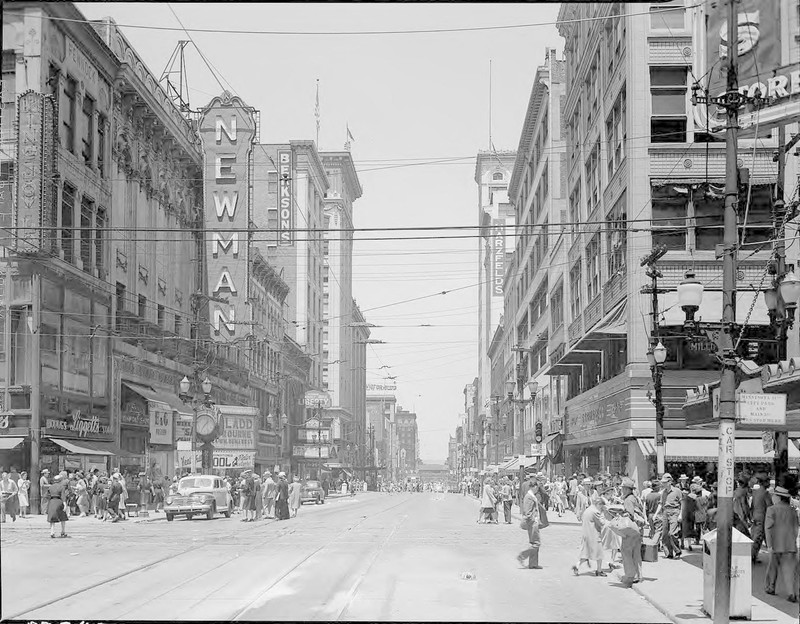
Interior of the Newman from a 1919 postcard shortly after its opening. Image courtesy of the Missouri Valley Special Collections, Kansas City Public Library.
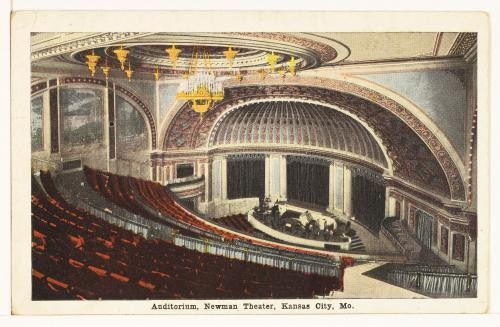
Newman Theater marquee c. 1932. Courtesy of Missouri Valley Special Collections, Kansas City Public Library.
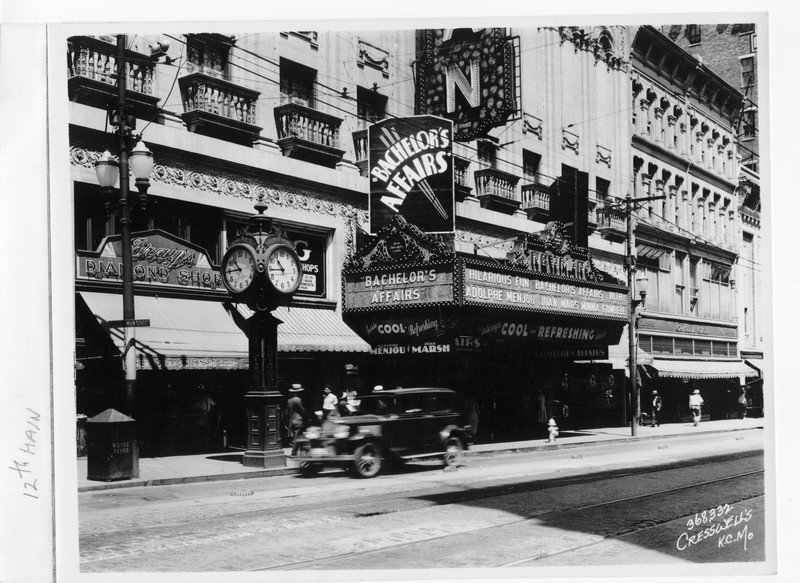
Coon Sanders Novelty Orchestra Band plays at the Newman to accompany Charlie Chaplin's film "The Pilgrim" c. 1923. Courtesy of Missouri Valley Special Collections, Kansas City Public Library.
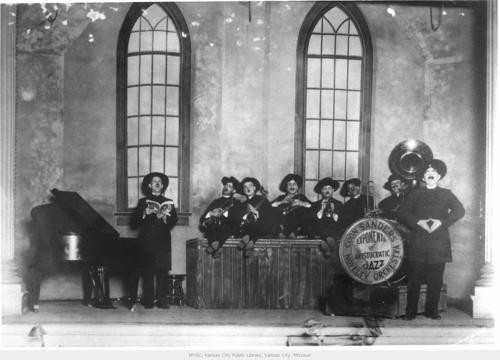
The Newman Laugh-O-grams screened exclusively at the Newman in 1921. They were the first commercial cartoons produced solely by Walt Disney and aired to the public.
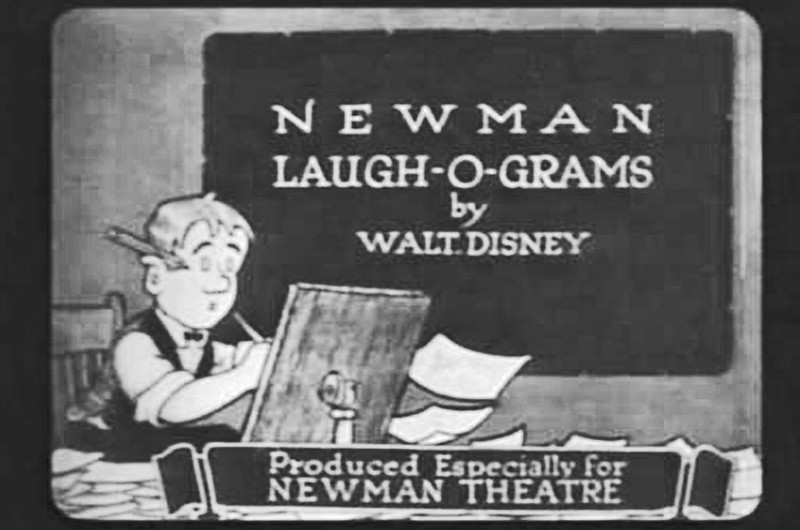
The first cover that Walt Disney illustrated for the weekly Newman Theatre Magazine.
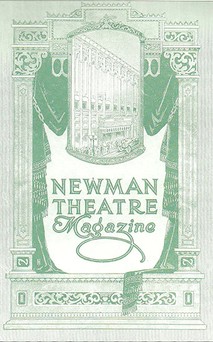
Backstory and Context
Text-to-speech Audio
The Newman Theatre was built in 1919 by Frank L. Newman, the premier exhibitor in Kansas City. While the Newman was his flagship theater, he also owned and operated two other theaters downtown, the Royal and the Regent. The Newman was built at the site of the Brady Building, which had been destroyed by a fire in 1918. The theater was designed in the Colonial Revival style by popular local architect Alexander Drake. It was built using steel and concrete to render it fire-proof and cost up to $400,000, reportedly the most expensive theater ever built in Kansas City at the time. Newman included many lavish features in his theater, including Italian tapestries, hand-painted murals, and Greek figures. It had seating for an audience of 2,000, a 35-piece orchestra pit, a mezzanine floor promenade, lounges, and even a nursery. The Newman Theater opened to much fanfare in June of 1919; each year the anniversary of its opening was celebrated with a week of special acts.
Frank Newman sold his theaters and left Kansas City in 1925 after being offered a job managing theaters for the Famous Players-Lasky Film Corporation in Los Angeles. Around 1941 the Newman Theater was acquired by Paramount Pictures Inc., which renamed it the Paramount Theater in 1947. Business declined over the next years and in 1969, the theater changed ownership and briefly operated as the Towne Theatre before finally closing. It was demolished in 1972. Today the site is occupied by the Lightwell Building, constructed as City Center Square in 1977.
Walt Disney and the Newman Theatre
Walt Disney had lived in Kansas City for several years before doing a tour in France with the Red Cross and upon his return in 1919, he decided to pursue a career as a cartoonist. He briefly worked for the Pesmen-Rubin Commercial Art Studio where one of his assignments was the Newman Theatre contract. Here, he illustrated the covers for several issues of Newman’s weekly Newman Theatre Magazine.
In 1920, Disney got a job at the Kansas City Slide Company (later the Kansas City Film Ad Service) which produced advertisements that were screened at local theaters. Using a motion picture camera borrowed from his boss A. V. Cauger, Walt drew and filmed a short set of cartoons in the garage behind his family home. They were primarily satirical works addressing current social issues and local happenings in Kansas City, such as crime and ladies’ fashion among other things. After showing the cartoons to his ex-boss Lou Pesmen, who was thoroughly amused, Pesmen suggested Walt take them to his client Frank Newman to pitch the idea of running them at one of his three local theaters. Disney put a few of the shorts together and titled them “Newman Laugh-O-grams,” then showed the two-and-a-half minute film to Newman Theatre manager Milton Feld. He agreed to screen them and asked for a new one each week.
Newman Laugh-O-grams debuted on March 20, 1921 during a screening of the film Mama’s Affair, the first recorded airing of a Walt Disney production. The film shorts became included in the theater's newsreel called Newman News and Views, which covered topics relevant to the Kansas City community. Disney produced Newman Laugh-O-grams for the next several months, before starting his own side business, KayCee Studio, where he and Film Ad co-worker Fred Harman started creating fairytale versions of Laugh-O-grams. The original Newman Laugh-O-gram sample reel is the only known copy of a Laugh-O-gram in existence, as the nitrate film stock prints were casted on at that time were highly flammable and commonly destroyed when their run were complete.
Walt remained working at the Kansas City Film Ad Service until the following spring, when he incorporated his first professional animation studio, Laugh-O-gram Films, on May 23, 1922.
Cite This Entry
Admin, Clio, Steven Cody Straley, and Nichole Stahly. "Newman Theatre (1919-1972)." Clio: Your Guide to History. October 10, 2022. Accessed March 26, 2025. https://theclio.com/tour/573/9
Sources
Hamilton, William and Robert Maes. “Paramount Theatre.” Cinema Treasures. Accessed June 10, 2018. http://cinematreasures.org/theaters/3356
Merritt, Russell and J. B. Kaufman. “Walt Disney’s Laugh-O-Grams, 1921-1923.” San Francisco Silent Film Festival. 2011. Accessed June 10, 2018. http://silentfilm.org/archive/laugh-o-grams
Susanin, Timothy S. (2011). Walt before Mickey: Disney’s Early Years, 1919-1928. University Press of Mississippi.
TheClassicsDisney. “Newman Laugh-O-Grams” (1921)- Walt Disney’s Laugh-O-Grams. Posted July 7, 2012. Accessed June 11, 2018. https://www.youtube.com/watch?v=51CRL1EtMN4
Butler, R. W., Viets, D., Burnes, B. (2002). Walt Disney's Missouri: The Roots of a Creative Genius. Kansas City, Missouri: Kansas City Star Books.
https://kchistory.org/image/newman-theater-1
Missouri Valley Special Collections
Missouri Valley Special Collections
Missouri Valley Special Collections
https://kchistory.org/image/storefronts-main-0
https://kchistory.org/image/coon-sanders-novelty-orchestra-3
https://disneyfinds.wordpress.com/2014/05/17/laugh-o-grams/
https://thankyouwaltdisney.org/

